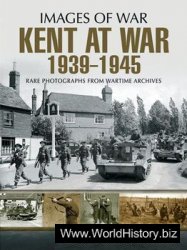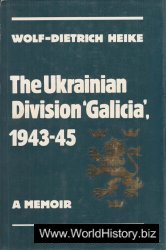The Watts uprising of 1965 was the first of many urban uprisings that took place in the turbulent 1960s, reflecting tension and dissatisfaction among urban African Americans.
The uprising began on August 11, 1965, with the arrest of Marquette Frye, a 21-year-old black resident, by Lee Minikus, a white Los Angeles police officer. Minikus suspected Frye of intoxication and proceeded to arrest him. A crowd gathered, and a second police officer arrived on the scene. As tensions increased between the black residents of Watts and the two white police officers, the second officer began striking onlookers with his baton. Word spread about the incident. Fueled by an intense heat wave that blanketed the city, members of the Watts community spent the next two days looting and burning local stores, most of which were owned and operated by whites. An estimated

Los Angeles police hustle Watts rioter into car, 1965. (Library of Congress)
35.000 blacks—many of them teenagers—participated in the riot, which lasted five days.
In the wake of the violence, 34 people were killed,
1.000 more were injured, and more than 4,000 were arrested. It took 16,000 members of the National Guard, the Los Angeles Police Department (which was almost entirely white), and county deputies to put down the revolt. Rioters caused damage estimated at $30 million, with substantial destruction to a large number of white-owned businesses. Many of the churches, stores, and homes owned by African Americans, however, were left untouched.
The Watts uprising alarmed civil rights reformers because the residents of Watts typically enjoyed a much higher standard of living than many AfricanAmericans in impoverished areas. Located in the south-central portion of Los Angeles, California, the black population of Watts at the time of the uprising numbered 250,000. African-American families in Watts did not live in cramped, overcrowded apartment buildings, as was often the case in many large cities, but rather in single, detached houses with ample lawns located on tree-lined streets.
The uprising in Watts revealed a deep-rooted antiwhite sentiment that was difficult for many white residents of Los Angeles to comprehend and exemplified the extreme tensions that existed within other black communities across the United States. Progress made in recent years in promoting African-American equality, and the promise of even greater opportunities, served only to raise expectations and deepen the anger of many black residents of Watts, many of whom felt that advancements in race relations had stalled in the face of high unemployment and prevailing poverty. Despite the efforts of Martin Luther King, Jr., who had visited the Watts area in the weeks before the riot and recommended a civil rights march as a way of communicating racial tensions, there remained a smoldering violence in the community.
The uprising frightened many white Americans. In the past, violence on the part of whites had been directed at African Americans in an effort to deny advancement in the area of civil rights. In Watts, the pattern had reversed with violence targeted at whites, many of whom became increasingly concerned that similar disturbances would affect other areas of the country as news of the Watts uprising spread. African Americans around the country perceived the unrest as a legitimate effort to bring attention to their cause. They resented their treatment as second-class citizens, despite advances achieved by the Civil Rights movement, and they wanted whites to recognize the legitimacy of their grievances. The differences of opinion within black and white communities caused deepening hostilities that erupted later in uprisings that occurred across the nation.
In the aftermath of the Watts uprising, the nonviolent goals of the Civil Rights movement lost ground to a growing militancy among young African Americans, who banded together to loudly express their dissatisfaction with American society. Unrest in other cities such as Newark, New Jersey, and Detroit came to a boil, as civil rights groups that favored militant action used the Watts uprising as a source of inspiration, advocating violence and destruction as a way to further their cause.
Further reading: Jerry Cohen, Burn, Baby, Burn! The Los Angeles Race Riot of August 1965 (New York: Dutton, 1966, Horn, Gerald); Fire This Time: The Watts Uprising and the 1960s (Charlottesville: University of Virginia Press, 1995).
—Jennifer Parson




 World History
World History









